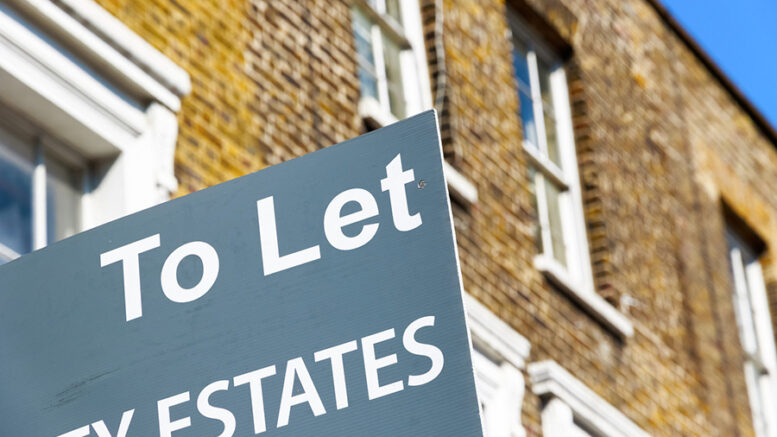London landlords are once again under fire for supposedly driving up rents – but new analysis from Benham and Reeves shows the capital’s rental price hike is mostly smoke and mirrors. Over the last ten years, average rents have increased by 39.2% – yet, when inflation is taken into account, the real growth is just 0.7%. In pounds and pence? That’s a £15 rise over a decade.
This data, covering all 32 London boroughs from May 2015 to May 2025, paints a far more complex picture than the headline figures suggest – and crucially, it punches a hole in the popular “greedy landlord” narrative that’s taken hold in parts of the media and politics alike.
Real rent increases are barely keeping pace with inflation
Benham and Reeves tracked average monthly rents, showing a jump from £1,616 to £2,249 in nominal terms. However, once CPI inflation is factored in, the supposed £633 leap shrinks to a modest £15 in real terms – less than a large pizza in central London.
Some boroughs did buck the trend. Barking and Dagenham saw the highest inflation-adjusted increase, up 16.5% – or £229 per month – followed closely by Havering (16.3%), Bexley (14.3%), Redbridge (12.0%), and Waltham Forest (7.4%). These are largely outer London areas where rental demand has been surging as tenants are priced out of central zones.
But in the traditionally pricier boroughs? Real-terms rents have fallen. Westminster is down -4.9% in real value (a £168 drop), Richmond upon Thames by -3.9%, Camden -3.1%, Kingston -2.8%, and even Kensington and Chelsea saw a -2.3% dip. In fact, a full 12 boroughs saw real-terms rental declines – hardly the profiteering some claim.
“Support landlords, not vilify them”
Marc von Grundherr, Director at Benham and Reeves, said: “There’s a widespread perception that landlords are to blame for the sharp rise in rents, particularly in London, but the data tells a very different story. Once inflation is taken into account, rental growth over the last 10 years has been largely stagnant and, in many areas, rents have actually fallen in real terms.”
He emphasised what landlords have known for years – costs have soared, margins have shrunk, and yet many have not passed those pressures onto tenants:
“Landlords face higher mortgage costs, tighter regulations, and increasing taxation, yet many are not passing those costs on at the rate people assume.”
Supply-and-demand remains the core issue. A chronic shortage of rental homes, combined with population growth and stricter lending criteria for would-be buyers, has piled pressure on the private rental sector (PRS) – and it’s landlords bearing the brunt.








